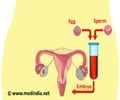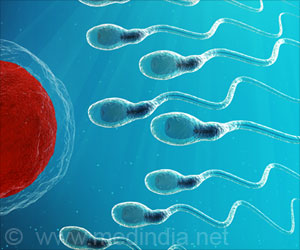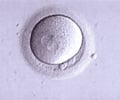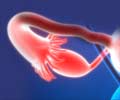A new imaging technique discovers that eggs and embryos movement along the fallopian tube is more complex by combining different types of movements.

TOP INSIGHT
The technique combining intravital window and optical coherence tomography helps to view eggs and embryos movement through fallopian tube.
The journey appears to be more dynamic and complex than thought. The findings have important implications for fertilization, embryogenesis and in vitro fertilization studies.
"In this study, we developed and combined intravital window and optical coherence tomography to have visual access to eggs and embryos as they are transported through the mouse oviduct," said corresponding author Dr. Irina Larina, associate professor of molecular physiology at Baylor.
They expected that murine eggs and embryos after fertilization will move very slowly through a 1-inch-long fallopian tube over the course of about three days. This movement is believed to be mediated by the hair-like structures called cilia present in the internal surface of the fallopian tube.
"Surprisingly, we found that eggs and embryos move along the fallopian tube by combining different types of movements, showing a dynamic process that is more complex than it had been thought until now," said first author, Dr. Shang Wang, assistant professor in the Department of Biomedical Engineering at Stevens Institute of Technology.
The coordination of these different movements involves the participation of cilia, muscle contractions and peristaltic movements, processes that are regulated by different hormones and other factors.
Applying this imaging technique can lead to exciting discoveries that help understand the disordered human reproductive conditions associated with the fallopian tube and for improving in vitro fertilization.
Source-Medindia
 MEDINDIA
MEDINDIA




 Email
Email









